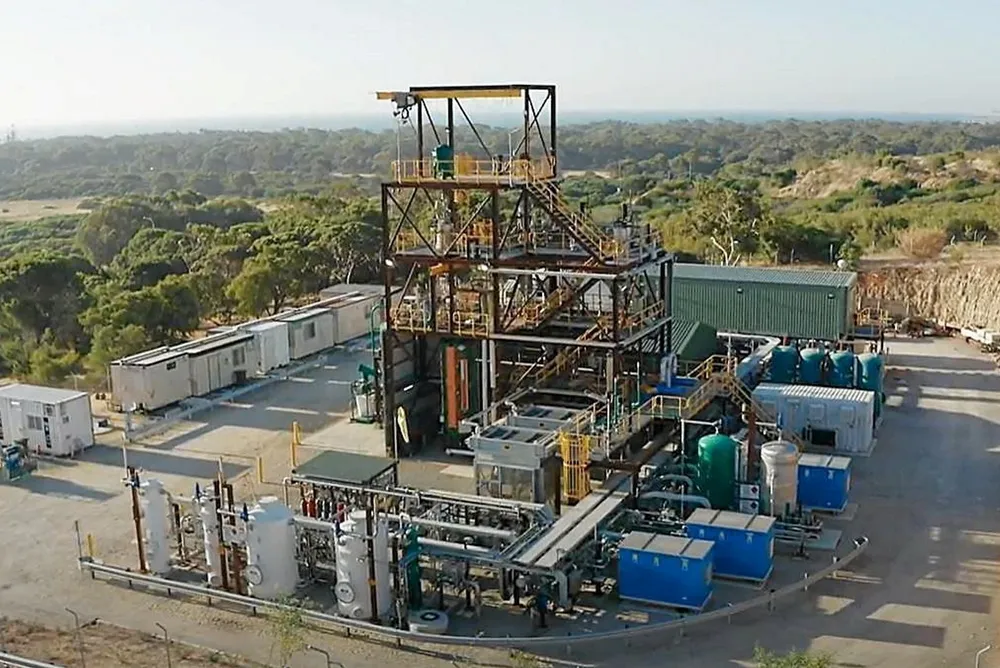Australia’s first commercial turquoise hydrogen demonstration plant starts up
ASX-listed Hazer has taken more than 13 years to reach this stage of development with its proprietary process

ASX-listed Hazer has taken more than 13 years to reach this stage of development with its proprietary process
